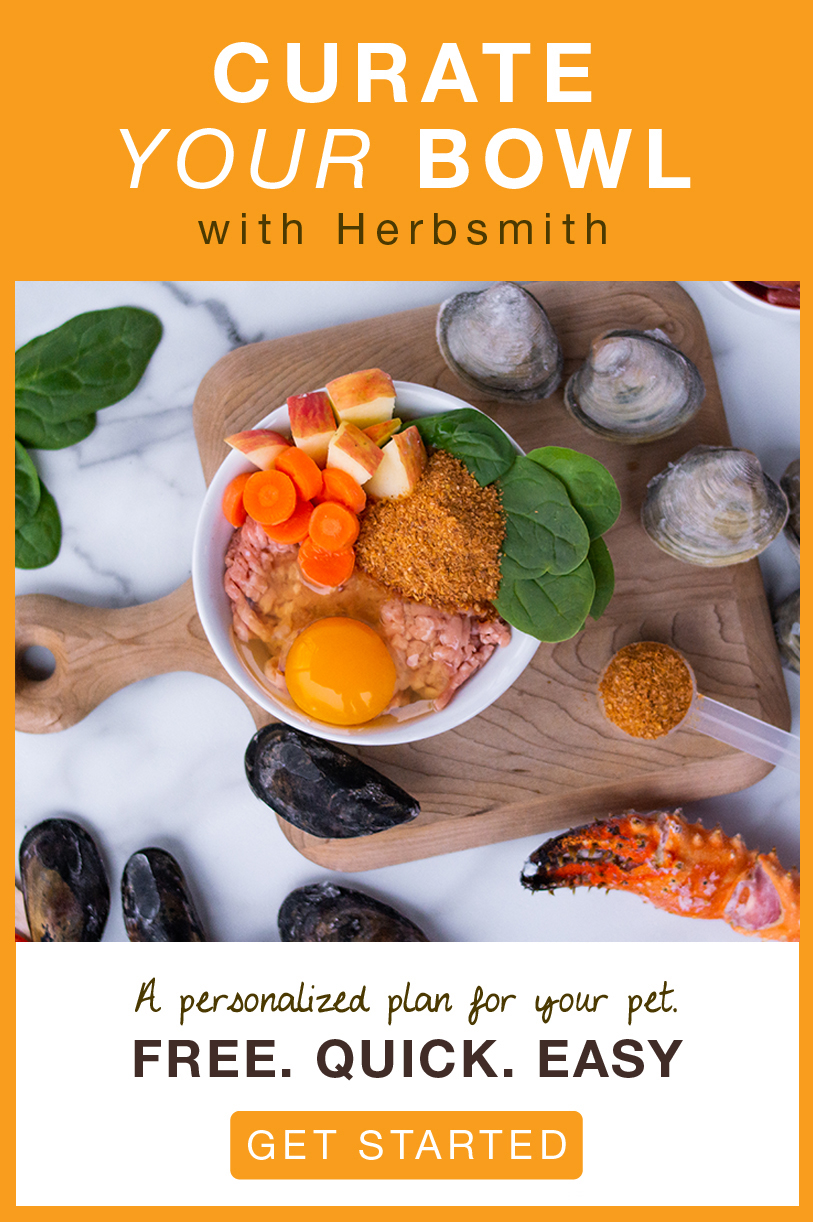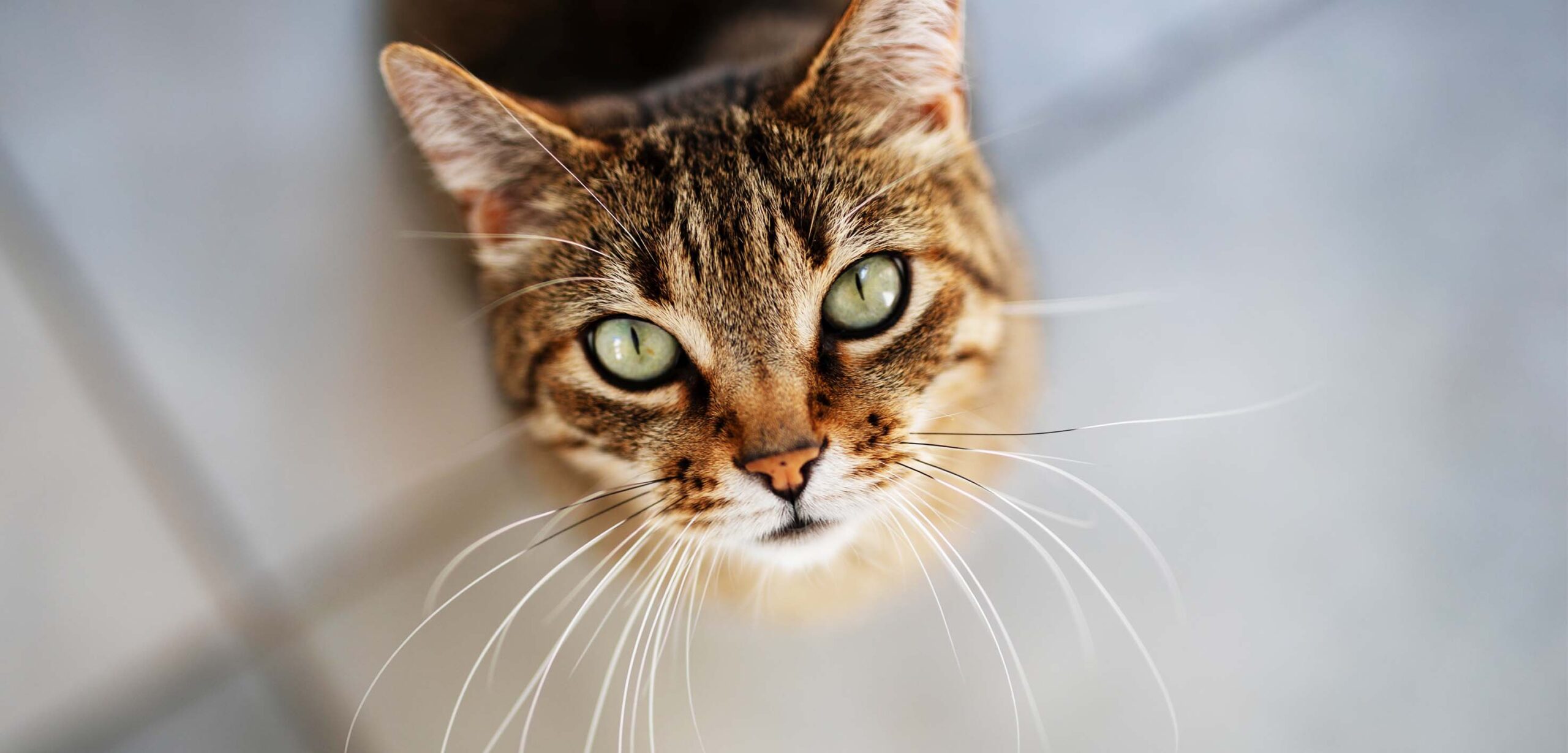Health starts with what’s in the bowl. From a balanced microbiome to heart health to joint vitality, the right nutrition is at the root of a thriving dog.

Whether you’re new to the whole food diet scene or a seasoned DIY raw feeder, let’s start with the basics. There are two absolutely critical things to keep in mind:
- A real, whole food diet is the foundation of what your dog needs to thrive.
- Food alone has limitations. You can (and should) take it a step further by curating the bowl with targeted nutrition designed specifically to help your pet truly thrive.
As Dr. Bessent so poignantly puts it, “The presence of an ingredient is not the same as a therapeutic level of it.”
A therapeutic level = the amount of an ingredient required for it to have the desired effect.
Using therapeutic levels of ingredients and targeted nutrition, you offer tailored solutions to meet your pup’s specific needs.
So, fill the bowl with real food, then build on that with therapeutic levels of targeted nutrition, and you can truly make a difference for your pet.
Let’s delve deeper into how to take your bowl a step further…
On The Agenda
Antioxidants
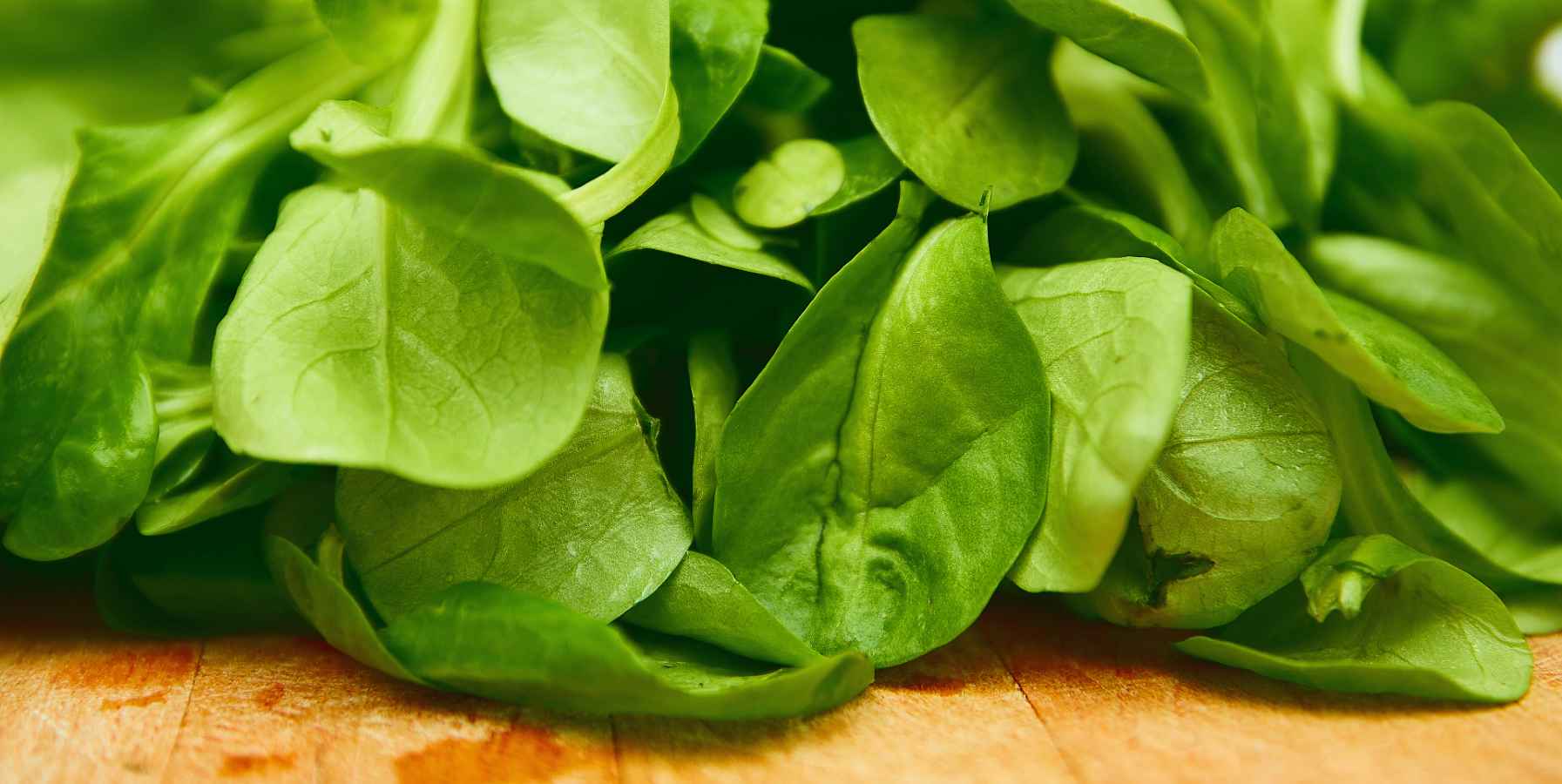
Antioxidants are absolutely crucial for every single dog (even you). They help prevent a chain reaction of cell damage called oxidative stress, which can cause premature aging and disease. When you see white hairs on your dog, you know you need to up your dog’s dietary antioxidants (though it’s never too early).
Oxidative stress is happening every single day. It occurs as a result of multiple factors, including normal metabolic processes, but also inflammation, pollution, everyday toxins, and the list goes on.
It can lead to cancer, autoimmune diseases, diabetes, cognitive disorders, and chronic inflammation — to name a few. So bring on those antioxidants! They are a staple of proactive care and work hard to support the entire body.
Start With Real Food:
Leafy greens and brightly colored fruits and veggies are packed with vital antioxidants. Toss some blueberries or cranberries into the bowl or hide some spinach underneath that meat! Studies show that adding leafy greens (like spinach) to the bowl 3 times per week can reduce cancer risk by 90%.
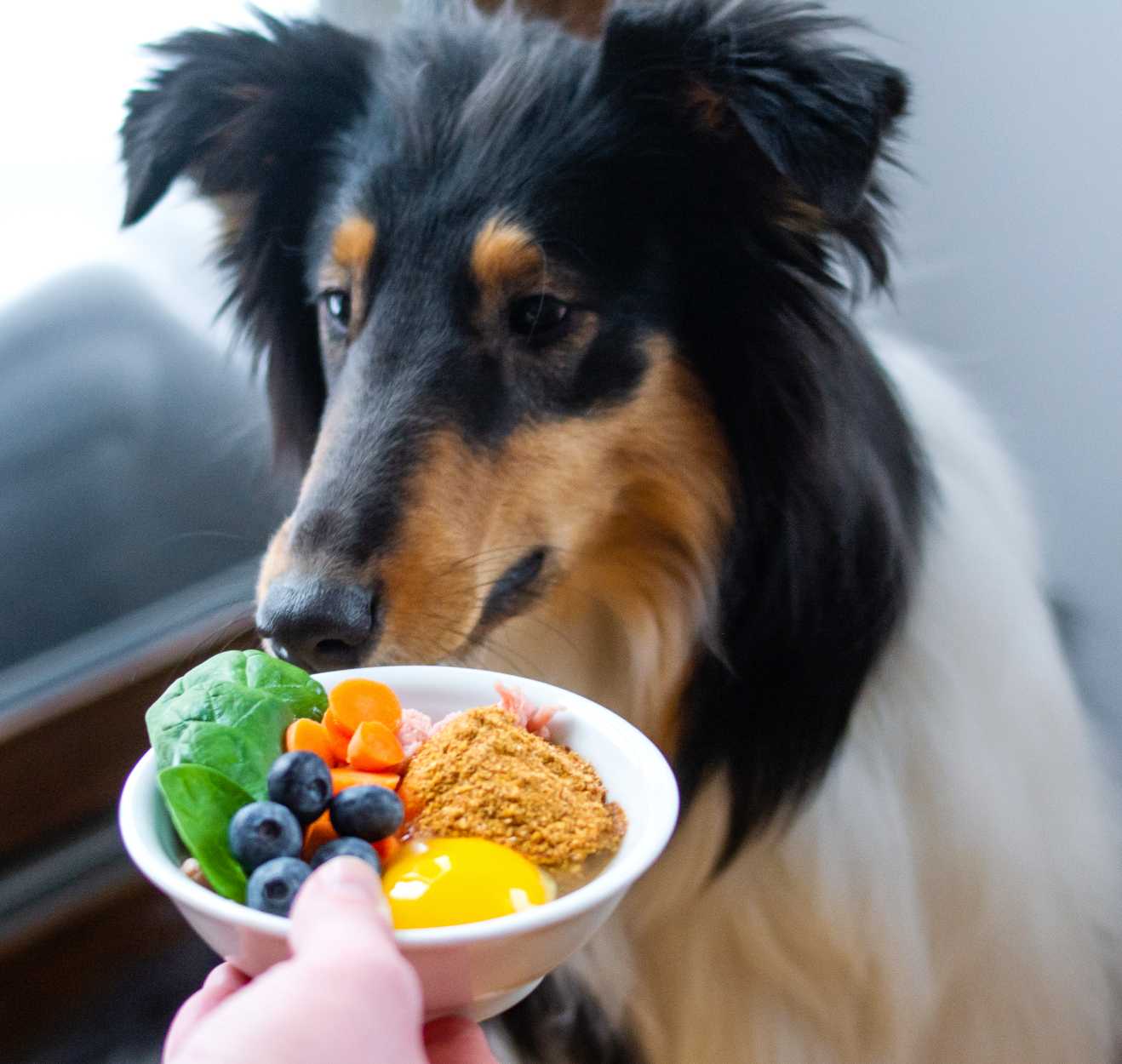
Level Up:
You can’t just rely on fruits and veggies alone — especially as your dog gets older and his body produces fewer antioxidants. If you add too much fresh produce, you risk creating a species-inappropriate diet (because it would contain too many plants and not enough meat! Don’t forget your dog is a carnivore).
This is why it’s crucial to add concentrated antioxidants to the bowl — and targeted nutraceuticals and antioxidants, particularly for the eyes and for the brain.
Omega 3s
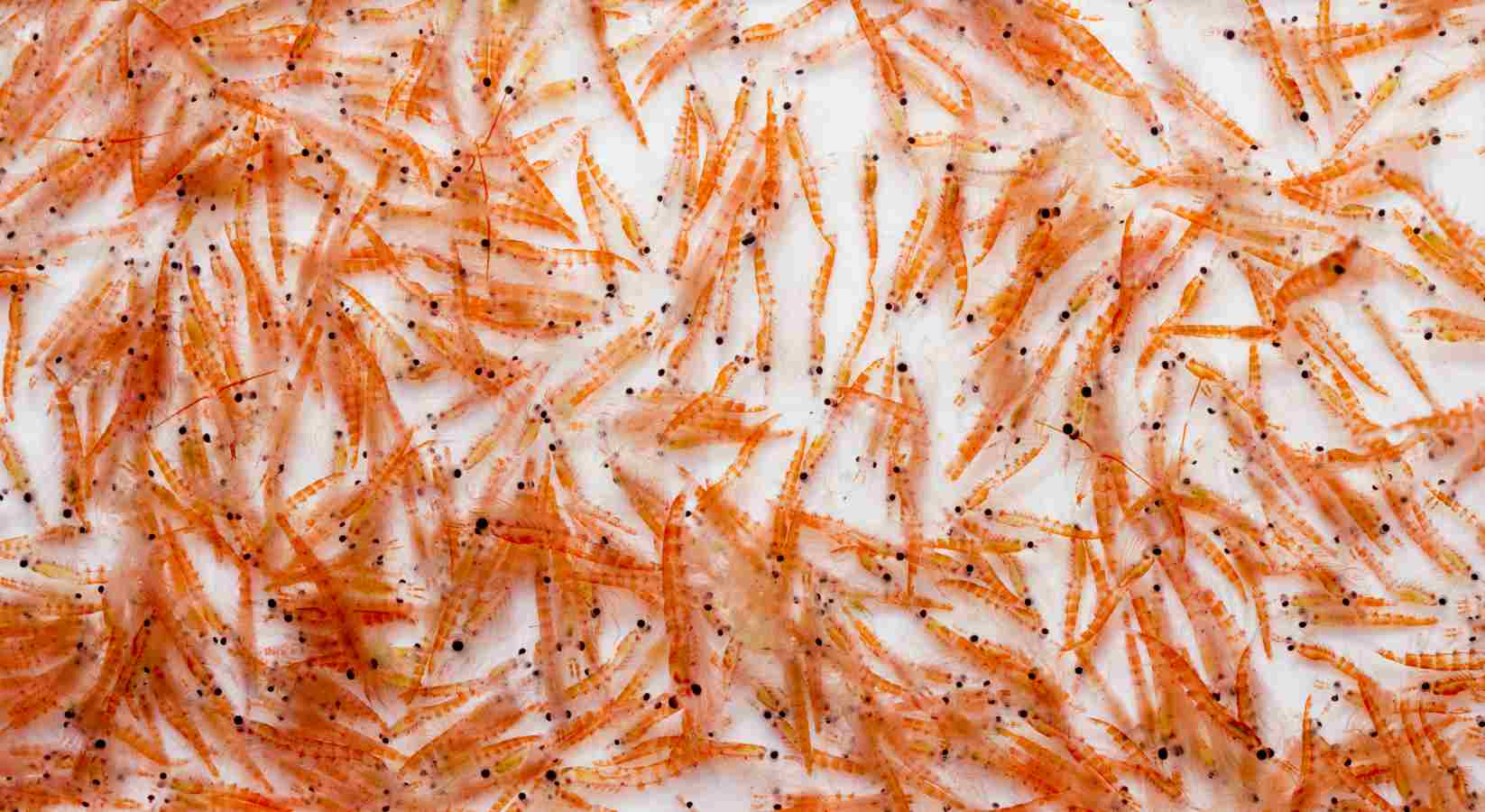
Dogs can’t produce omega 3s on their own, so they absolutely need to be consuming omega-rich foods (specifically DHA and EPA fatty acids). Omega 3s support the whole body — from the heart to the skin to the immune system! Not to mention, they have antioxidant properties too.
Start With Real Food:
Most shelf-stable foods (we’re looking at you, kibble) contain very little omega 3 (if any). Instead, they often contain the cheaper option omega 6. While omega 6 plays many key roles in the body, it’s all about the balance with omega 3. An ideal ratio of omega 6:omega 3 is 1:1. And anything greater than 5:1 (omega 6:omega 3) is poorly balanced. It can lead to chronic inflammation in the body — which can then lead to chronic diseases ranging from cancer to diabetes to heart disease.
So we recommend a whole food diet with omega-rich raw meats like wild-caught salmon and grass-fed beef. Feeding your dog these fresh, whole foods allows you to provide her with an appropriate balance of omegas.

Level Up:
If your dog’s food has a ratio greater than 5:1 (omega 6:omega 3), then you absolutely need to add more omegas. (Pro tip: ask your pet food manufacturer for this ratio).
Dr. Bessent’s favorite source is wild-caught krill. It’s rich in omega 3 (EPA & DHA) and is paired with phospholipids, which allow more of the omega 3 to be utilized (yes, more than salmon oil). Not to mention, krill are at the bottom of the food chain, so they contain fewer heavy metals, mercury, and toxins.
Be sure to choose a supplier committed to sustainability (look for the MSC label) and always choose ground krill rather than oil to minimize waste and contribute to conservation efforts. (Learn more about the most sustainable choice.)
Skeletal & Organ Meats
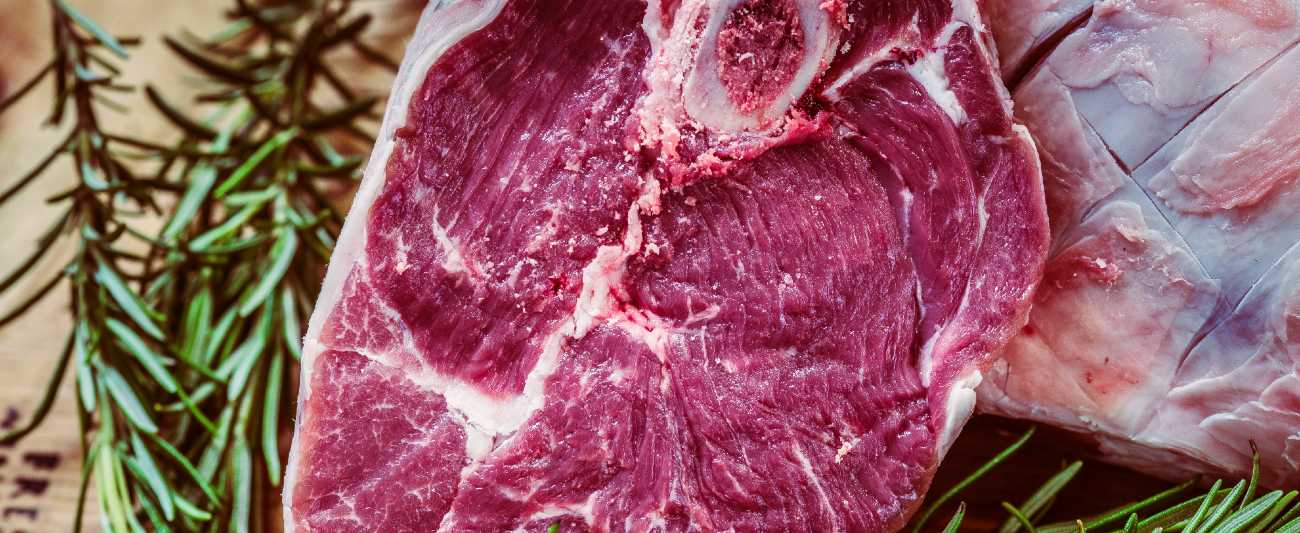
Dogs need a meat-rich diet (70-80% meat, in fact). The main course of your dog’s dinner should be meat.
Start With Real Food:
Organ meat is packed with nutrients and vitamins and should always be prioritized when you’re deciding what to put in your dog’s bowl.
Find out how much real meat is in your dog’s food (not meal meals — we’re talking real meat). Aim for 70-80%. A good manufacturer should post a recipe breakdown on their website. If they don’t, get on the phone with them and ask.
Also, beware of ingredients like Meat and Bone Meal (which is an appalling concoction turned pulverized powder made up of expired groceries, unwanted byproducts from slaughterhouses, and even roadkill). Plus, during the manufacturing process, these ingredients are heated to temperatures that create carcinogens.
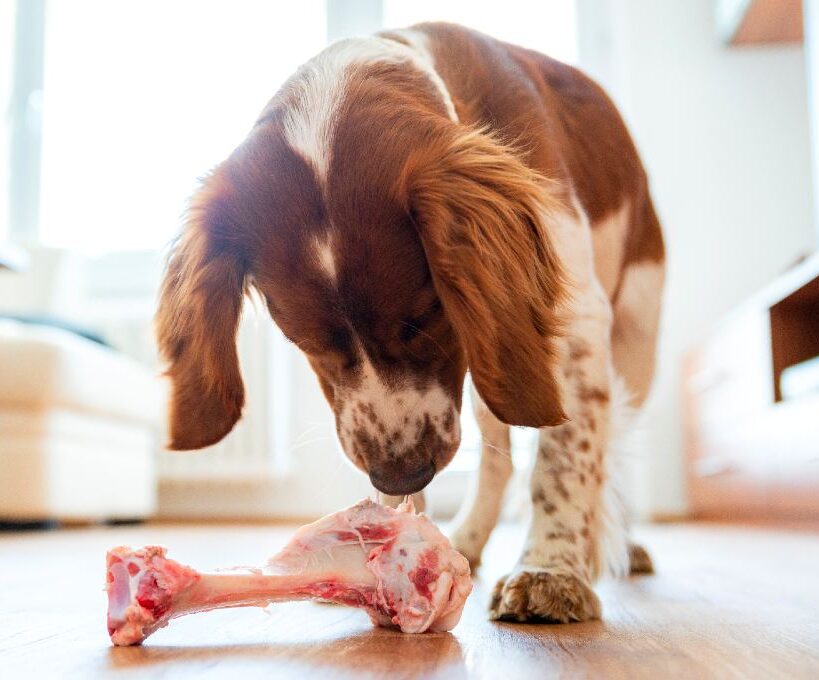
This is one of the million reasons we recommend feeding real, raw food. Or, be sure to find a manufacturer that meets the criteria and isn’t afraid to answer all of your questions about what exactly is in the food.
Level Up:
Even if you don’t feed a completely raw diet, you can still incorporate raw food!
You can really give your dog a boost with raw chicken and turkey necks (yum). Necks are packed with vital nutrition for your carnivore and are often used as a natural calcium source (though for complete joint support, you can add concentrated glucosamine).
Pro Tips: Make sure you hold the neck until your dog really starts to chew on it so they don’t choke. Turkey necks can also be too big for smaller dogs, in which case, they may need to be ground.
You can add real meat in other ways, too! For example, choose the right treats. Every single thing you give your dog — including treats — should serve a purpose in supporting their health.
Low-Glycemic Foods
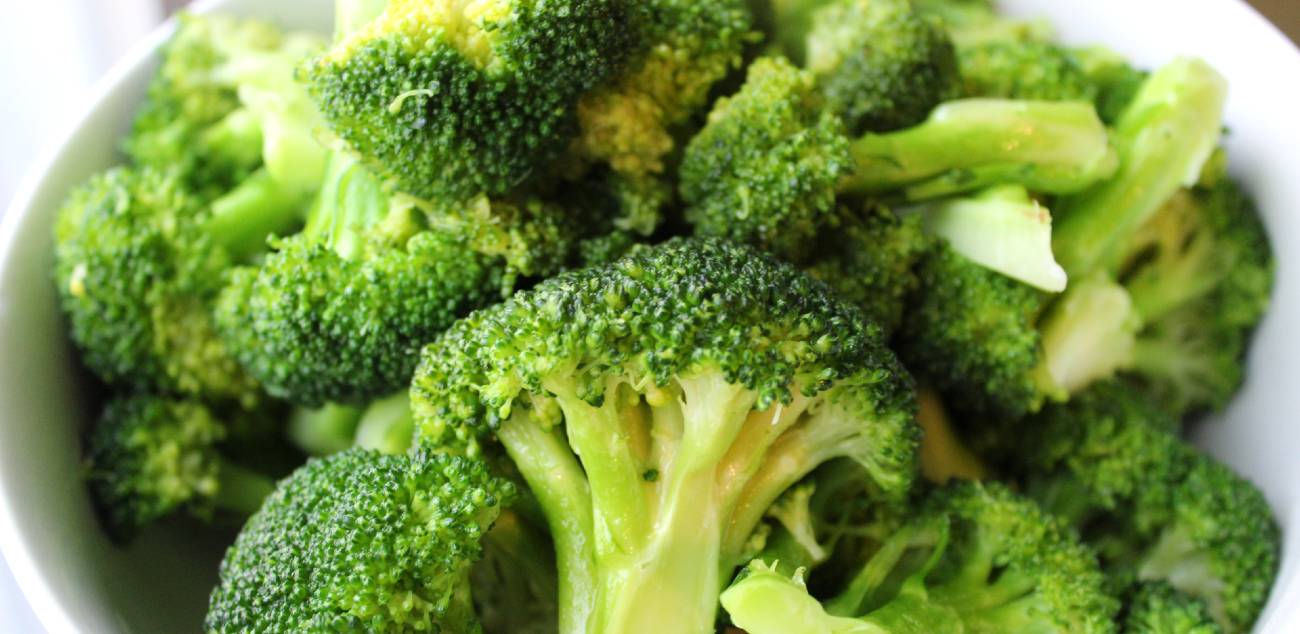
Low glycemic foods are carbohydrate-containing foods that are absorbed slowly and minimize the insulin spike after your dog eats — and ultimately keep blood glucose and insulin levels stable throughout the day. On the other hand, high glycemic foods are absorbed quickly and cause blood sugar to spike — over time, this can lead to serious health issues like obesity and diabetes.
In general, high levels of carbohydrates are not species-appropriate (and therefore not healthy) for your dog. But a modest amount of low glycemic foods is appropriate if these foods serve a purpose.
Think brightly colored fruits and veggies packed with vitamins, minerals, and antioxidants — like blueberries, spinach, and broccoli.
Start With Real Food:
It’s always a good idea to feed a raw diet or freeze-dried raw — packed with real meats while remaining low in carbohydrates from low-glycemic fruits and veggies.
But even if you don’t feed raw, you can (and should) still add brightly colored fruits and veggies to the bowl — and be sure to make low glycemic choices. Toss some blueberries your dog’s way or share a little spinach salad (hold the dressing)!
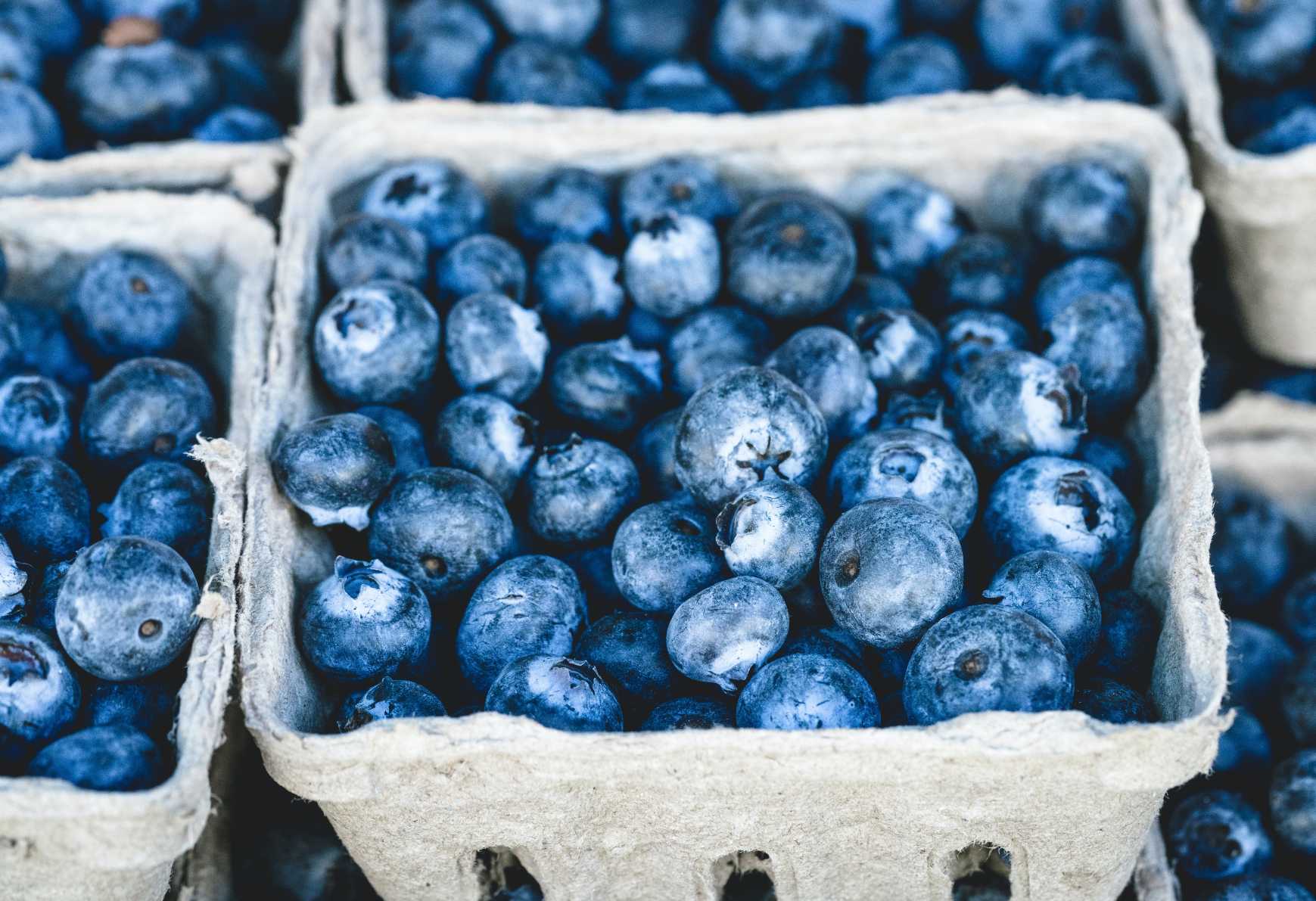
Level Up:
To really give your dog a boost, choose a highly concentrated source of superfoods. This allows you to provide your dog with those vital antioxidants, vitamins, and minerals in a convenient daily dose — no matter if you feed raw, kibble, or somewhere in between.
Fermented Foods
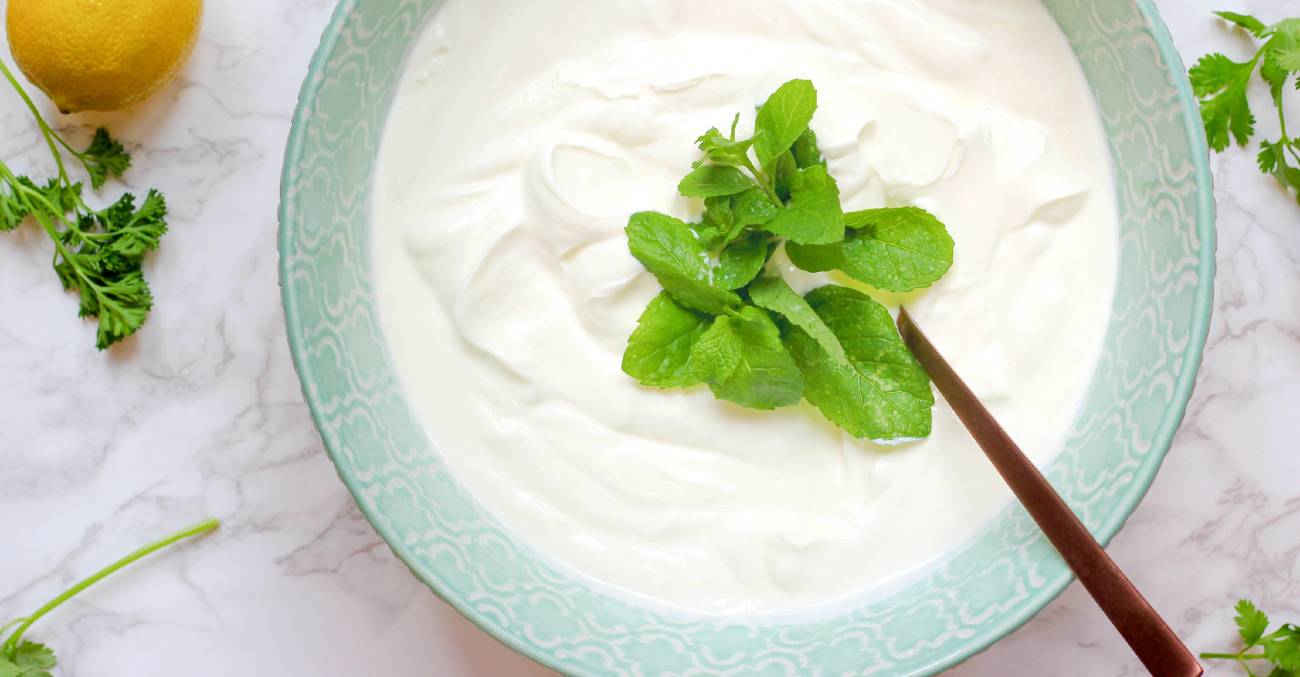
Let’s talk about the microbiome. The microbiome is made up of trillions of microorganisms (bacteria, fungus, viruses, and more) inside our bodies. It plays many key roles in maintaining health and impacts everything from gut health to allergies to brain function and helps keep the immune system running smoothly.
A thriving immune system and microbiome are closely linked to gut health.
So not surprisingly, it all goes back to what’s in your dog’s bowl. And that’s where healthy bacteria or probiotics come in.
Start With Real Food:
Probiotics are beneficial bacteria (live microorganisms) found in fermented foods like yogurt, kefir, and fermented goat milk. They support gut health, the microbiome, and the immune system.
So by all means — add a splash of goat milk or kefir to the bowl!
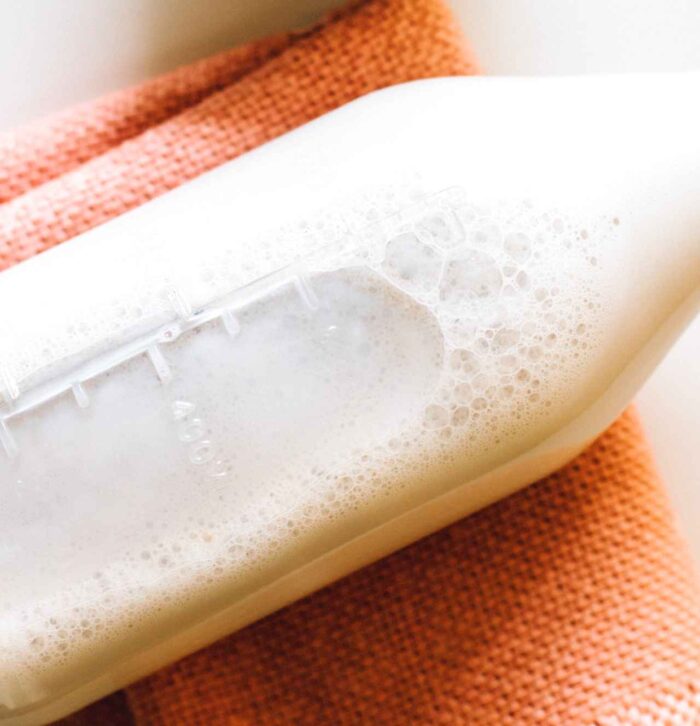
Level Up:
Here’s the tricky thing: therapeutic levels are difficult to gauge and achieve through whole food alone. If the levels of probiotics aren’t high enough, they won’t make it past the stomach to the lower GI tract. For probiotics to truly have the largest impact, they must make it down to the lower g.i. tract where the microbiome takes up residence.
So if you just add a splash of kefir here and there, you don’t know for sure if your dog is getting an adequate amount of probiotics — not to mention the prebiotics that feed the probiotics.
Your best bet is all-in-one support — which will make sure your dog gets the right amount and balance of prebiotics and probiotics.
Bone Broth
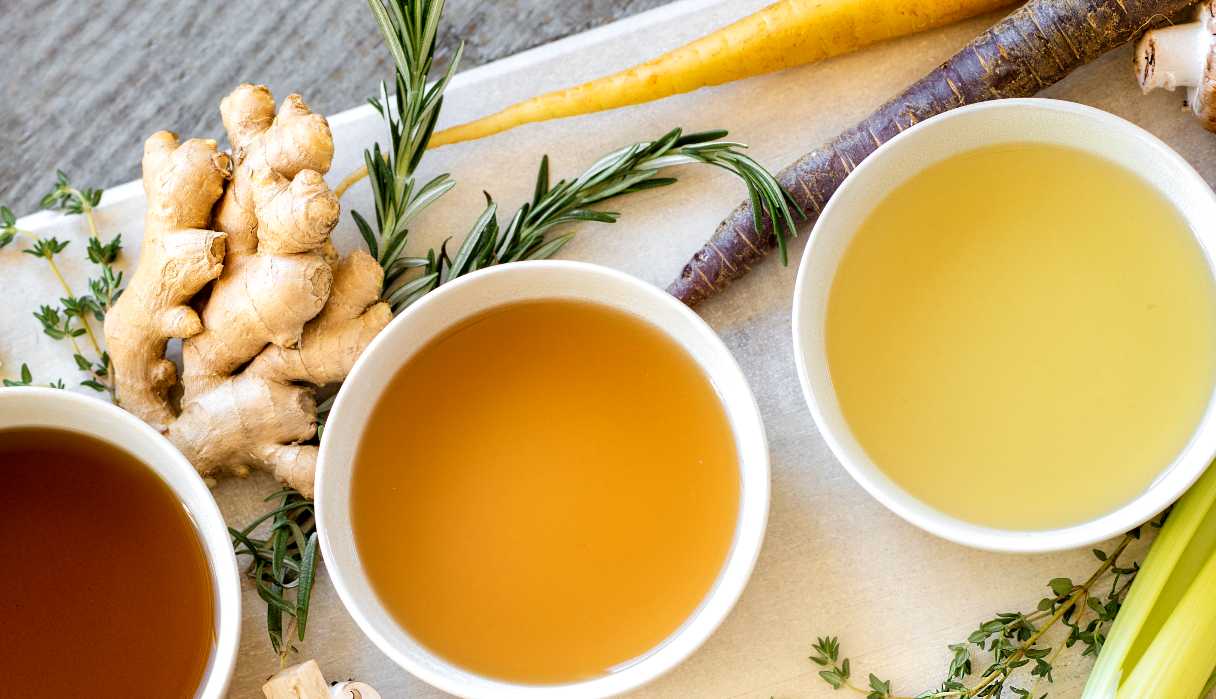
In broth form, the nutrition from bones is highly bioavailable, which means your dog’s body can readily use it.
Start With Real Food:
Add warm chicken or turkey bone broth to the bowl. It warms your pup from the inside out — like a mug of tea or hot cocoa on a cold winter day! Warm bone broth is especially beneficial — and delicious — for dogs who eat dry kibble. Or, you can rotate a concentrated bone broth topper into their routine that provides all the benefits of bone broth in a convenient form.

Level Up:
You’ve probably read all the claims about the health benefits of bone broth, particularly for bone and joint health (and we’re definitely not knocking it). BUT to truly support your dog’s joints, you need to provide her with a therapeutic dose of glucosamine daily— from the time she is a puppy!
A daily therapeutic amount of glucosamine ensures you’re properly supporting your dog’s joint health.
Glucosamine helps maintain thick, viscous joint fluid, which fosters joint strength and longevity — and that means more years of park romps and frisbee for your dog.
Herbs
Handpicked herbs allow you to tailor the bowl even more to meet your pet’s unique needs — from soothing the gut to improving bad breath to calming anxious pups.
Dr. Bessent chooses hand-picked herbs to help support dogs with a wide variety of health issues.
Herbs work in tandem with targeted nutraceuticals and antioxidants to give dogs advanced support to address their unique needs — from anxiety to allergies to hot spots to dementia.
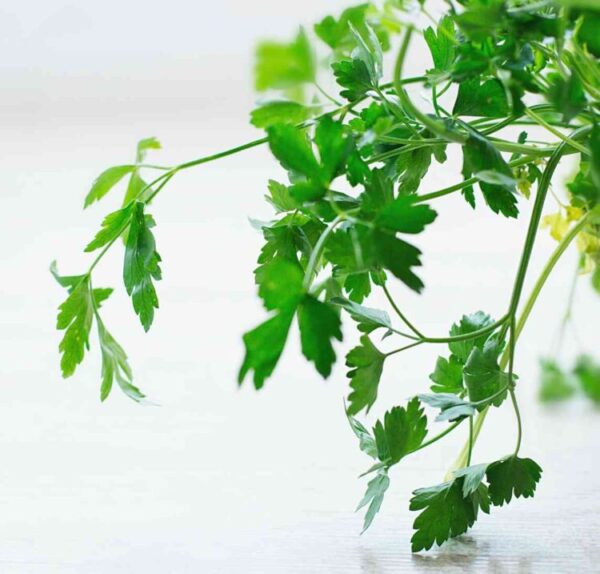
Start with food and personalize each bowl to meet your pet’s specific needs. That’s how you take the bowl a step further to provide your dog with the tools she needs to thrive. Curate the bowl with targeted nutrition– hand-picked herbs, antioxidants, omegas, therapeutic levels of probiotics & glucosamine, and more — and help her be her best dog.
Share this Post

Dr. Chris Besent
Chris Bessent, DVM, MSOM, Dipl. OM, L.Ac. has over thirty years of experience in veterinary medicine including certificates in veterinary acupuncture, veterinary chiropractic and veterinary Chinese herbology. Imbued with Eastern philosophy and the knowledge that food is the foundation of health, Dr. Bessent also received her degree in veterinary nutrition and began to formulate recipes fit for a carnivore from nothing but whole foods. Currently, she divides her time between the Simple Food Project and Herbsmith, both of which are owned and operated out of her facilities in southeastern Wisconsin.

Hayley - Content Writer
Hayley is a freelance writer based in Northern California. (Writing for the Herbsmith is her favorite, but don't spread it around.) She enjoys riding horses, taking road trips, and eating grilled cheese sandwiches. Her foster dogs have mixed feelings about the spinach she keeps trying to sneak into their bowls.

Kayla - Editor
Kayla is the Content Editor for Herbsmith. She has a cat named Professor Cat-Faced Meowmers, who goes by Kitty, and a goof of a dog, named Duck. She stays busy biking trails, playing board games, and searching for the next best craft beer.

